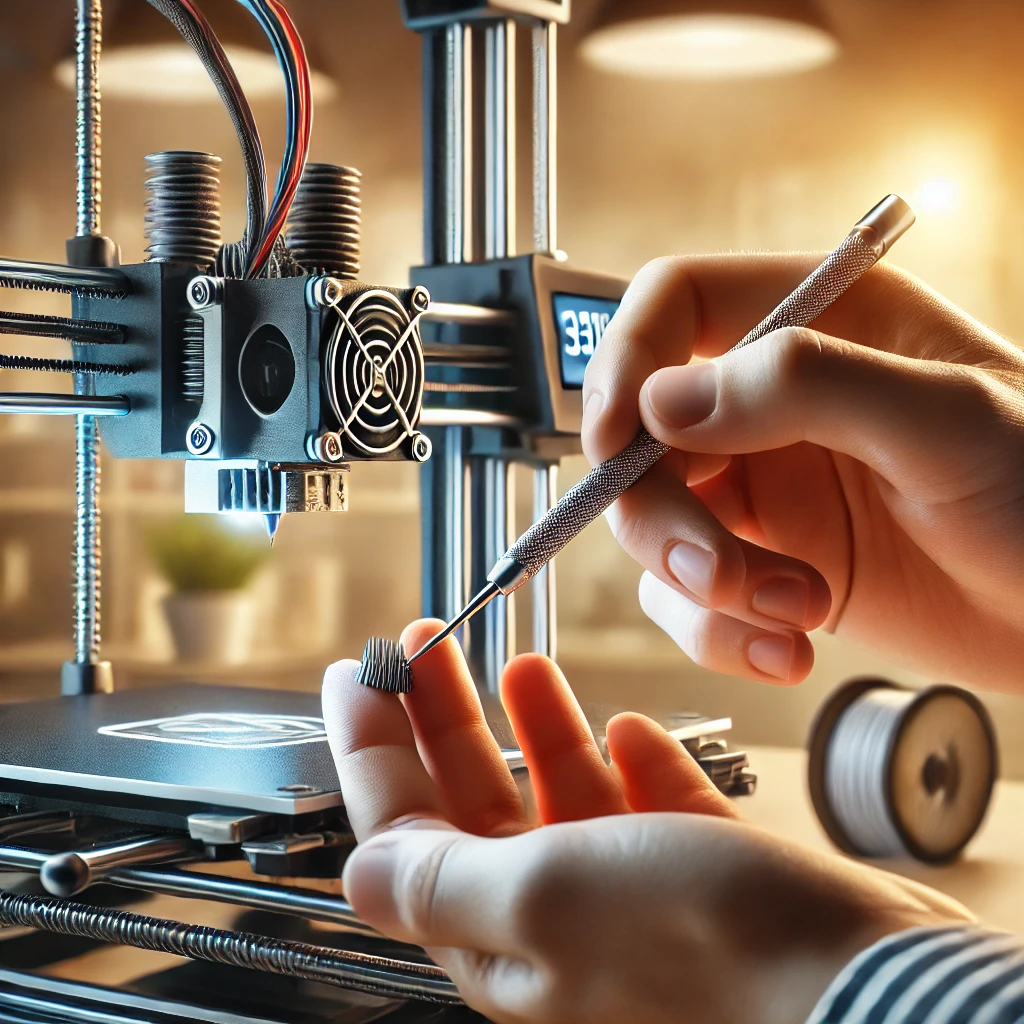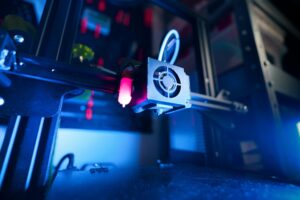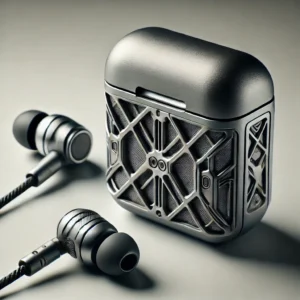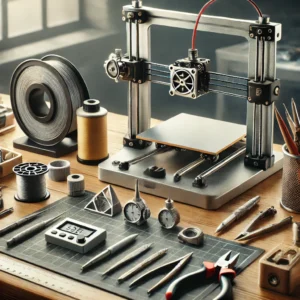Tips for Maintaining Your 3D Printer’s Extruder for Peak Performance

The extruder is one of the most critical components of a 3D printer. It ensures the smooth flow of filament and contributes to the overall print quality. If neglected, the extruder can experience issues such as clogging or uneven filament extrusion, which can severely affect your prints. Here are some essential tips for maintaining your 3D printer’s extruder:
1. Regular Cleaning of the Nozzle
The nozzle is the point where the filament is extruded, and it can easily get clogged with leftover filament or debris. Cleaning the nozzle regularly is key to preventing blockages. You can use a wire brush or needle to remove any built-up material, or you can perform a cold pull with cleaning filament to remove residue.
-
Tip:
Heat the nozzle before attempting to clean it to loosen any hardened filament.
2. Check for Filament Buildup
Over time, filament particles can build up around the extruder gear. This can cause the filament to slip, resulting in uneven extrusion. Remove the filament and clean the gears with a small brush or compressed air to avoid buildup.
3. Lubricate Moving Parts
The extruder has several moving components that should be lubricated periodically. Applying the right lubricant (typically a PTFE-based one) ensures smooth movement of the extruder motor and gears. Proper lubrication will also reduce wear and tear, increasing the lifespan of the extruder.
4. Inspect the Drive Gear
The drive gear is responsible for pushing the filament through the extruder. If it becomes worn or filled with filament residue, it can lead to inconsistent extrusion. Inspect the gear regularly for wear and tear, and clean it to maintain optimal performance.
5. Calibrate the Extruder Regularly
Extruder calibration is crucial to ensure that the right amount of filament is fed during the printing process. Check your extruder’s steps per millimeter (steps/mm) and recalibrate it as necessary. This will prevent under-extrusion or over-extrusion and ensure consistent print quality.
6. Use High-Quality Filament
The type and quality of filament you use can directly affect the condition of your extruder. Lower-quality filament often contains impurities that can clog the nozzle or wear down the extruder’s components. Opt for high-quality filament that is consistent in diameter and free of debris.
7. Monitor Extruder Temperature
Keeping an eye on your extruder’s temperature settings can help prevent issues. Excessive heat can cause filament to burn and clog the nozzle, while insufficient heat can result in under-extrusion. Ensure that the temperature settings match the type of filament you are using.
8. Replace Worn-Out Parts
The extruder’s components, like the nozzle and drive gear, wear out over time. Replacing these parts when they show signs of wear, such as inconsistent extrusion or clogging, will keep your 3D printer functioning at its best.
Maintaining your 3D printer’s extruder is essential for optimal performance and long-term use. By following these tips, you can prevent common issues like clogs and inconsistent prints, ensuring your 3D printer runs smoothly. Regular maintenance will not only improve print quality but also extend the lifespan of your machine.



